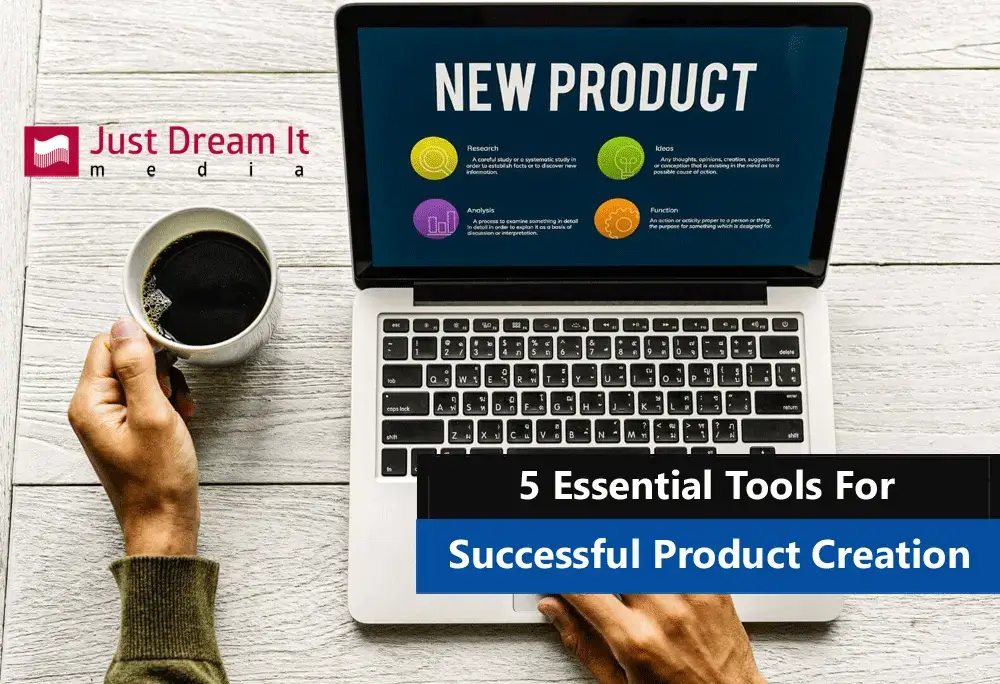Are you an entrepreneur looking to create a product that stands out in the market? With so many tools available, it can be challenging to determine which ones to use. In this article, we will explore the five essential tools you need for successful product creation.
Ideation Tools
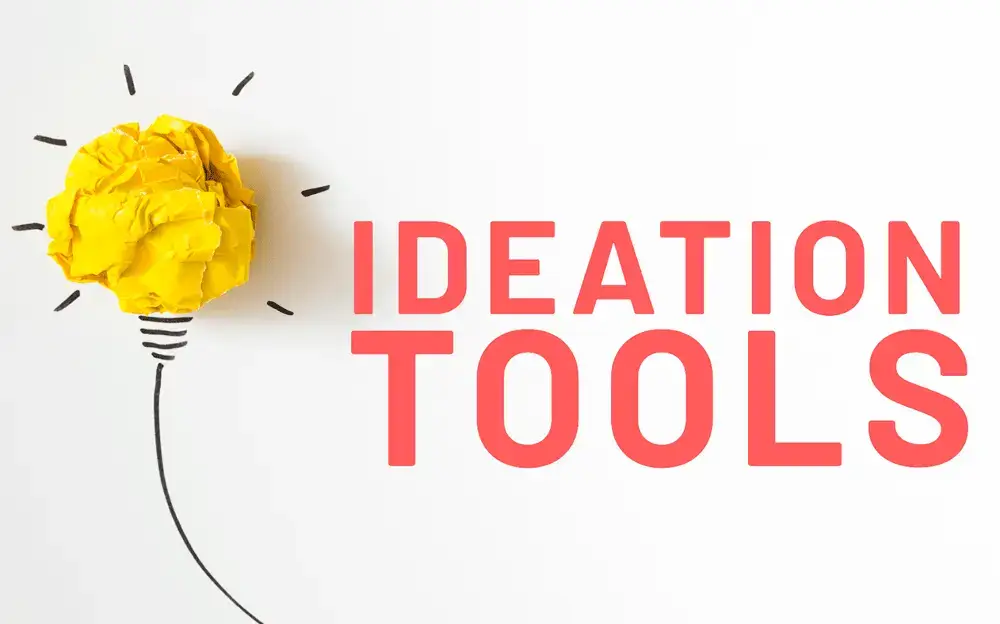
The first step in creating a successful product is generating and organizing ideas. This can be a challenging task, especially if you’re working alone or with a small team. Fortunately, ideation tools can help make the process easier and more efficient.
Ideation tools are software tools that can help with brainstorming, mind-mapping, and collaboration. They allow you to capture and organize your ideas, share them with others, and collaborate in real-time. By using ideation tools, you can generate more ideas, organize them more effectively, and get feedback from others to improve your product.
Some of the best ideation tools for beginners include:
MindMeister
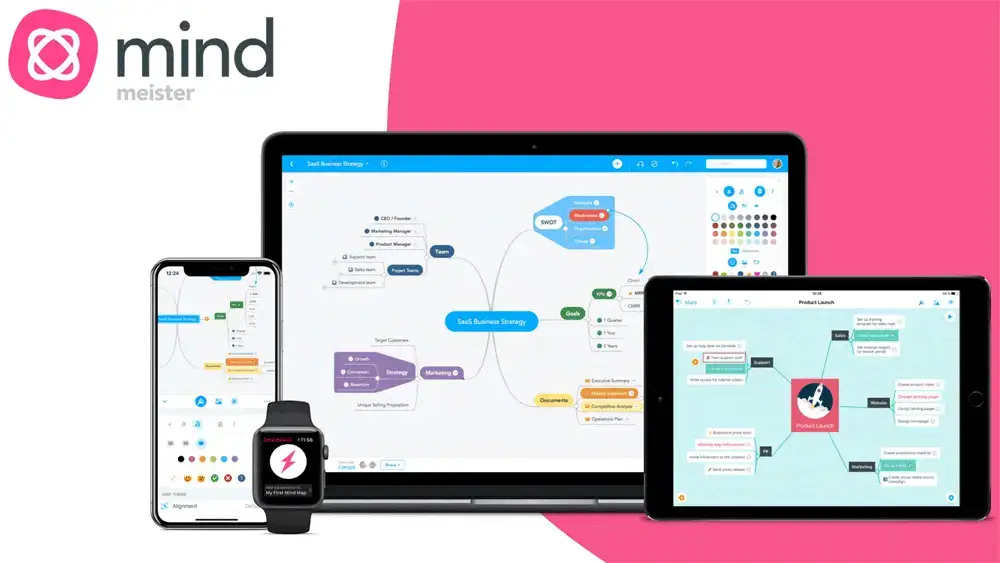
MindMeister is a collaborative mind-mapping tool that allows you to organize your thoughts and ideas visually. With MindMeister, you can create mind maps, flowcharts, and concept maps. The tool is easy to use and comes with a variety of templates and features, making it an excellent choice for beginners.
For example, let’s say you want to create a new product for the fitness industry. You can use MindMeister to create a mind map of different fitness products, such as exercise equipment, supplements, and workout clothes. From there, you can branch out to different ideas and concepts for each product category.
Trello

Trello is a visual collaboration tool that helps you organize and prioritize tasks, ideas, and projects. With Trello, you can create boards, lists, and cards to keep track of your ideas and tasks. The tool is easy to use and comes with a variety of templates and features, making it an excellent choice for beginners.
For example, let’s say you want to create a new product for the food industry. You can use Trello to create a board of different food products, such as snacks, beverages, and desserts. From there, you can create lists for each product category and add cards with different ideas for each product.
Slack
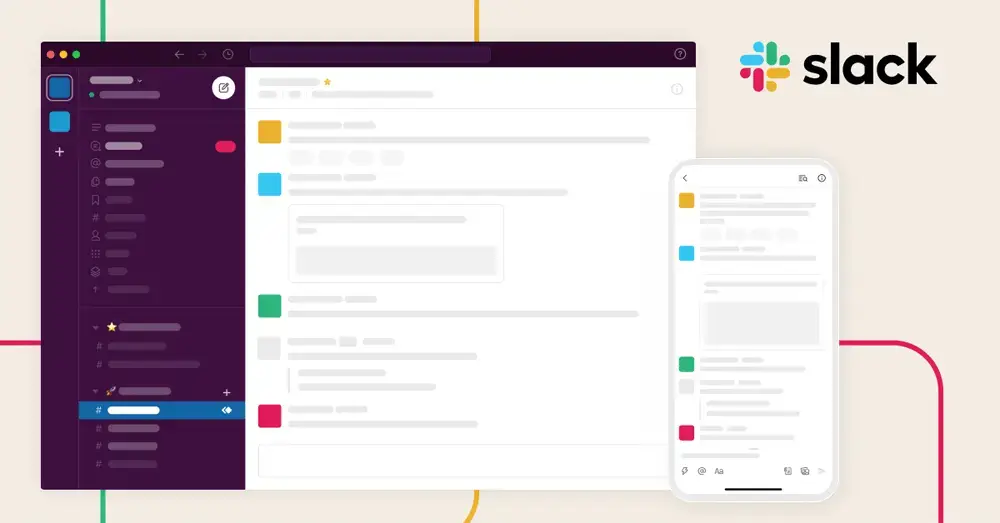
Slack is a team communication tool that allows you to discuss ideas and collaborate in real-time. With Slack, you can create channels, direct messages, and group messages to communicate with your team. The tool is easy to use and comes with a variety of features, making it an excellent choice for beginners.
For example, let’s say you have a team of designers and developers working on a new product. You can use Slack to create channels for different topics, such as design, development, and marketing. From there, you can discuss ideas and collaborate in real-time with your team.
Design Tools
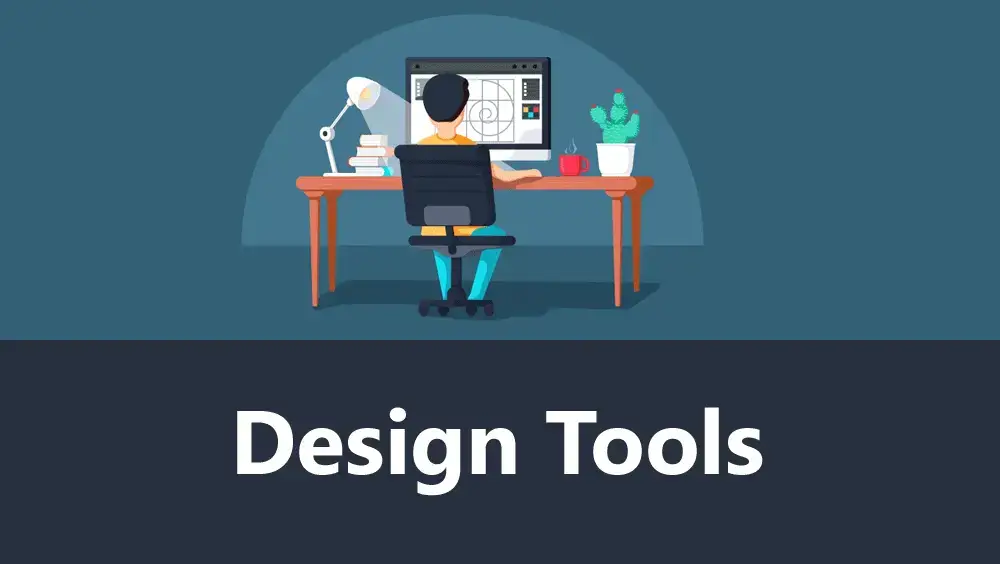
Once you have a set of ideas, the next step is to create a visual representation of your product. Design tools can help with creating logos, user interfaces, and prototypes.
Some of the best design tools for beginners include:
Canva
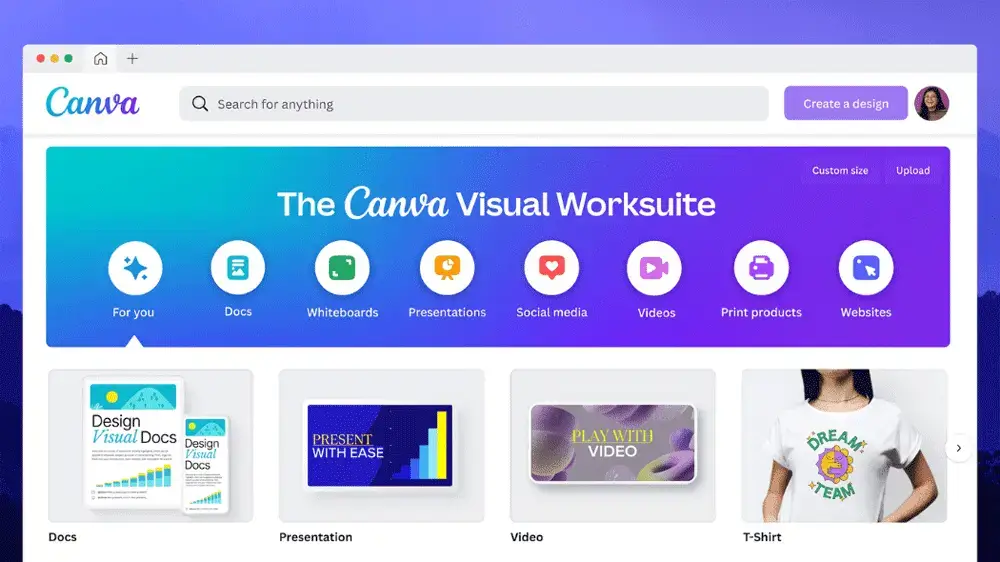
Canva is a user-friendly design tool that allows you to create graphics, social media posts, and presentations. With Canva, you can choose from a variety of templates and customize them to fit your needs. The tool is easy to use and comes with a variety of features, making it an excellent choice for beginners.
For example, let’s say you want to create a logo for your new product. You can use Canva to choose from a variety of logo templates and customize them with your own text and graphics.
Sketch
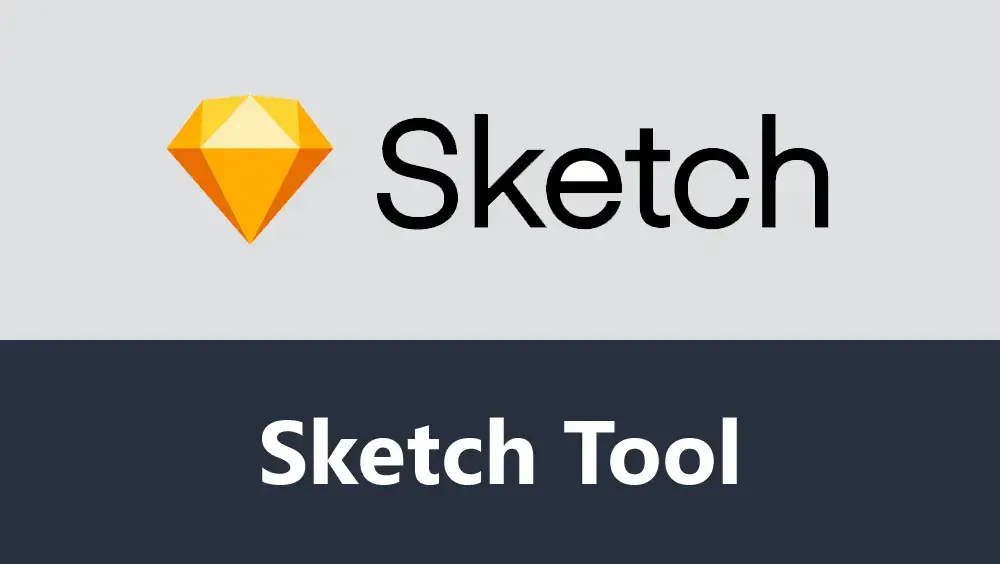
Sketch is a professional design tool that allows you to create high-fidelity prototypes and user interfaces. With Sketch, you can create vector graphics, wireframes, and user interfaces. The tool is easy to use and comes with a variety of features, making it an excellent choice for beginners.
For example, let’s say you want to create a user interface for your new product. You can use Sketch to create wireframes and user interfaces, and customize them with your own graphics and text.
InVision

InVision is a design collaboration tool that allows you to collaborate on designs and prototypes. With InVision, you can create interactive prototypes, get feedback from your team and customers, and iterate quickly. The tool is easy to use and comes with a variety of features, making it an excellent choice for beginners.
For example, let’s say you want to create a prototype for your new product. You can use InVision to create an interactive prototype, share it with your team and customers, and get feedback to improve the product.
Development Tools
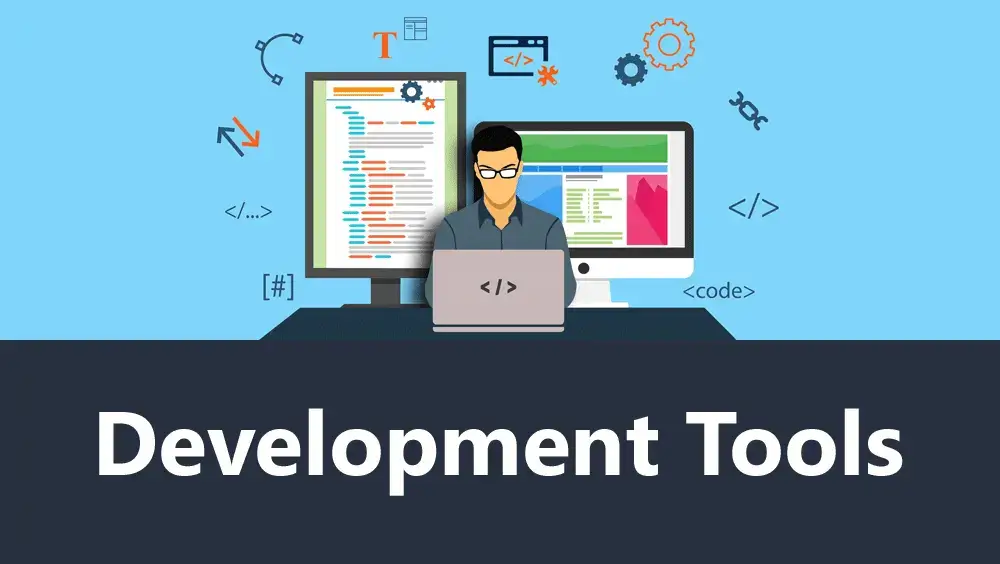
After you have a visual representation of your product, the next step is to build and launch it. Development tools can help with writing code, managing repositories, and automating tasks. Some of the best development tools for beginners include:
GitHub

GitHub is a code hosting platform that allows you to manage your repositories and collaborate with your team. With GitHub, you can host and review code, manage projects, and automate your workflow. The tool is easy to use and comes with a variety of features, making it an excellent choice for beginners.
For example, let’s say you want to create a web application for your new product. You can use GitHub to host and review code, manage projects, and collaborate with your team of developers.
Visual Studio Code
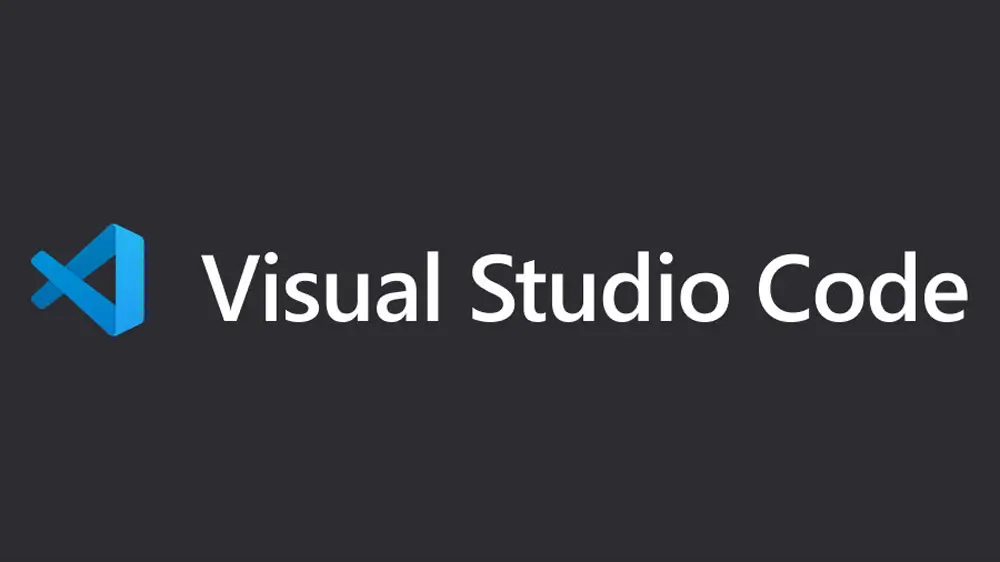
Visual Studio Code is a code editor that allows you to write, debug, and test your code. With Visual Studio Code, you can write code in a variety of programming languages, debug your code, and test it in real-time. The tool is easy to use and comes with a variety of features, making it an excellent choice for beginners.
For example, let’s say you want to create a mobile application for your new product. You can use Visual Studio Code to write, debug, and test your code, and ensure it works seamlessly across different platforms.
Zapier
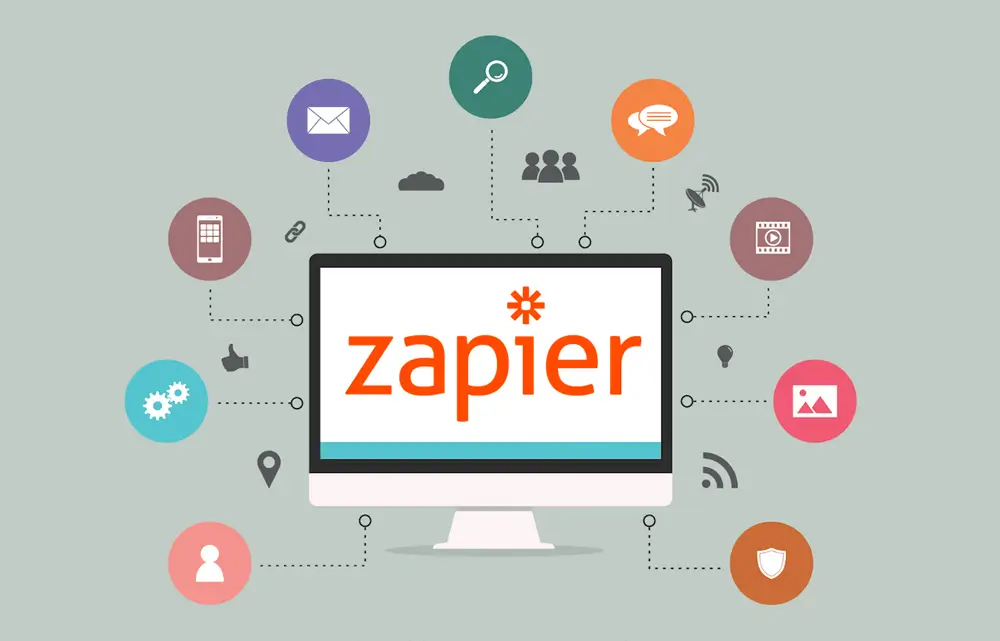
Zapier is a tool that allows you to automate repetitive tasks and workflows. With Zapier, you can create workflows that connect different apps and automate tasks, such as sending emails or updating spreadsheets. The tool is easy to use and comes with a variety of features, making it an excellent choice for beginners.
For example, let’s say you want to automate your marketing tasks for your new product. You can use Zapier to create workflows that connect different marketing tools, such as Mailchimp and Buffer, and automate tasks such as scheduling social media posts and sending email campaigns.
Analytics Tools
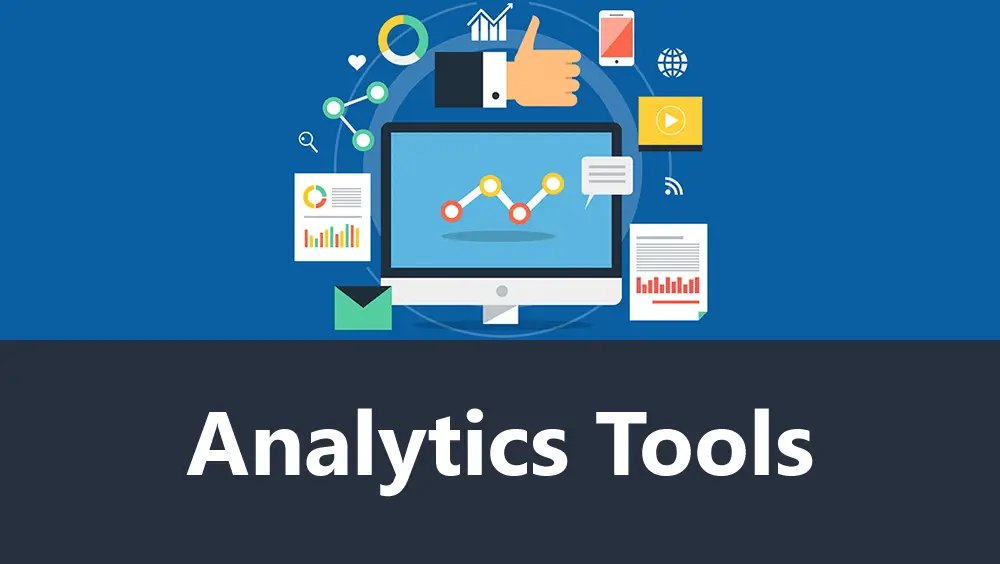
Once you have launched your product, the next step is to measure and analyze its performance. Analytics tools can help with tracking user behavior, identifying trends, and making data-driven decisions. Some of the best analytics tools for beginners include:
Google Analytics
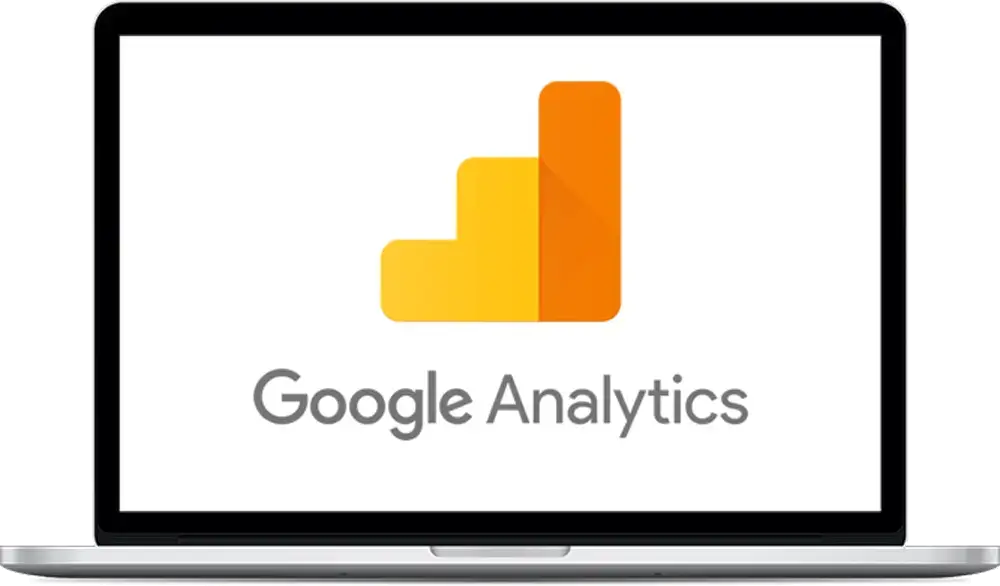
Google Analytics is a web analytics tool that allows you to track and analyze website traffic and user behavior. With Google Analytics, you can track website traffic, user behavior, and conversion rates. The tool is easy to use and comes with a variety of features, making it an excellent choice for beginners.
For example, let’s say you want to analyze the performance of your new e-commerce website. You can use Google Analytics to track website traffic, user behavior, and conversion rates, and identify areas for improvement.
Mixpanel
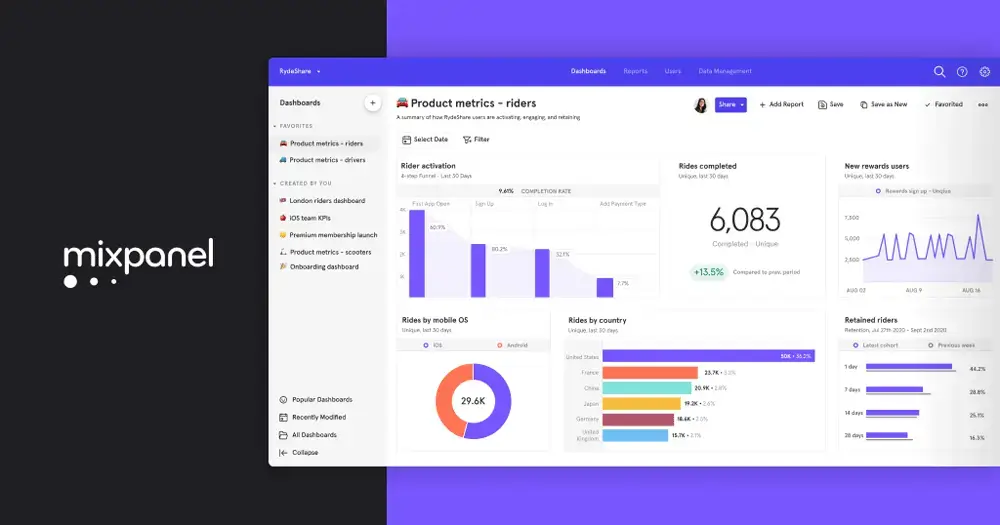
Mixpanel is an event-based analytics tool that allows you to track user interactions and engagement. With Mixpanel, you can track events, analyze user behavior, and create funnels. The tool is easy to use and comes with a variety of features, making it an excellent choice for beginners.
For example, let’s say you want to analyze the engagement of users with your new mobile application. You can use Mixpanel to track events, such as app installs and user actions, analyze user behavior, and create funnels to understand user retention.
Hotjar
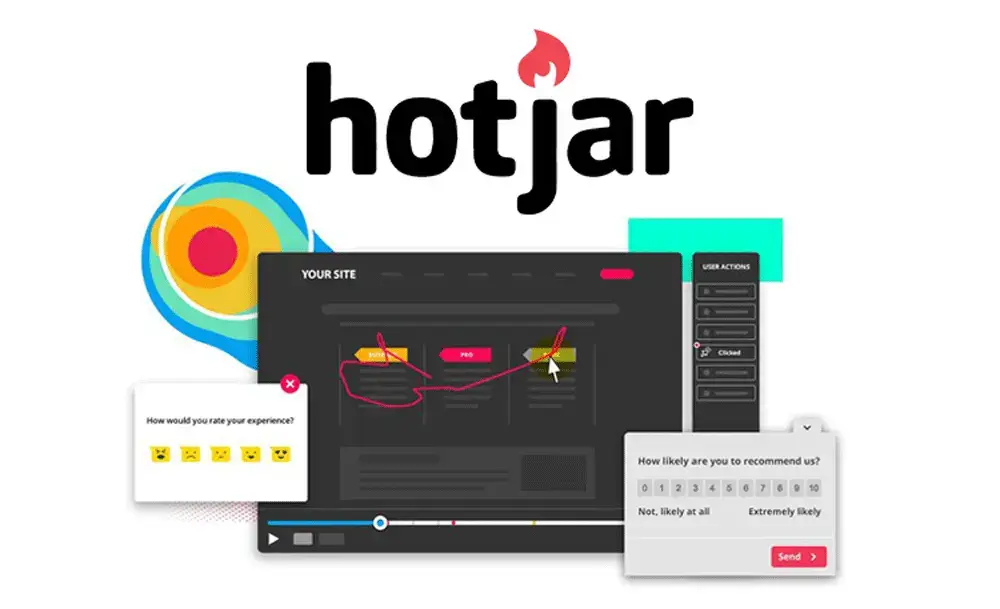
Hotjar is a tool that allows you to analyze user behavior through heatmaps, recordings, and surveys. With Hotjar, you can see how users interact with your website or application, identify areas for improvement, and collect feedback through surveys. The tool is easy to use and comes with a variety of features, making it an excellent choice for beginners.
For example, let’s say you want to analyze how users navigate through your new website. You can use Hotjar to create heatmaps that show where users click and scroll, watch recordings of user sessions, and collect feedback through surveys.
Marketing Tools
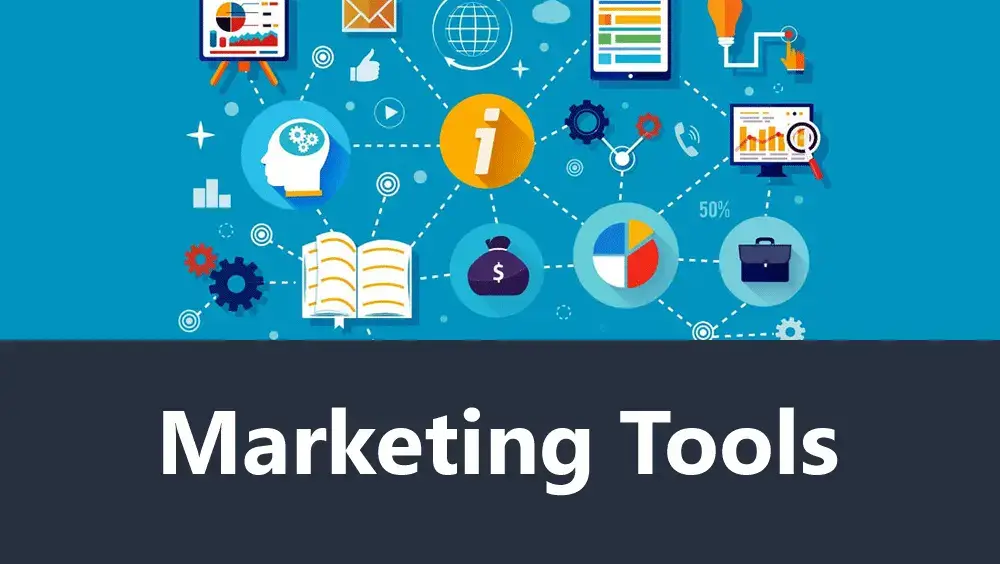
Finally, once you have analyzed your product’s performance, the next step is to promote and sell it. Marketing tools can help with creating and managing marketing campaigns, automating email marketing, and engaging with your audience. Some of the best marketing tools for beginners include:
AWeber

AWeber is an email marketing tool that allows you to automate your email campaigns and engage with your audience. With AWeber, you can create email campaigns, automate your email sequences, and analyze the performance of your emails. The tool is easy to use and comes with a variety of features, making it an excellent choice for beginners.

For example, let’s say you want to promote your new product through email marketing. You can use AWeber to create email campaigns, automate your email sequences, and analyze the performance of your emails. With AWeber’s easy-to-use drag-and-drop email builder and automation features, you can create targeted campaigns that resonate with your audience and drive conversions.
Buffer
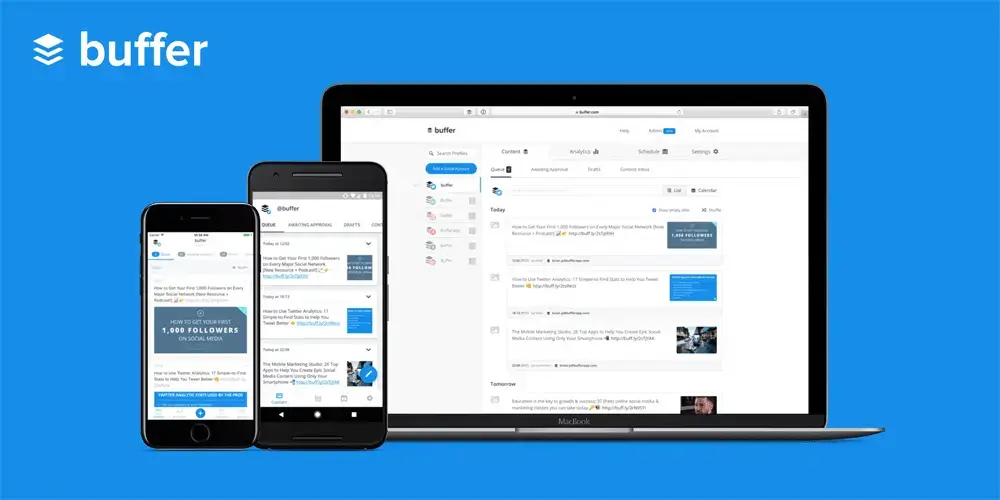
Buffer is a social media management tool that allows you to schedule, publish, and analyze your social media posts. With Buffer, you can create social media posts, schedule them in advance, and analyze their performance. The tool is easy to use and comes with a variety of features, making it an excellent choice for beginners.
For example, let’s say you want to promote your new product through social media. You can use Buffer to create social media posts, schedule them in advance, and analyze their performance across different social media platforms. With Buffer’s easy-to-use scheduling and analytics features, you can save time and maximize the impact of your social media campaigns.
HubSpot

HubSpot is a marketing automation tool that allows you to create, manage, and track your marketing campaigns across multiple channels. With HubSpot, you can create landing pages, email campaigns, and social media posts, and track their performance in one place. The tool is easy to use and comes with a variety of features, making it an excellent choice for beginners.
For example, let’s say you want to automate your marketing tasks for your new product. You can use HubSpot to create landing pages, email campaigns, and social media posts, and track their performance across multiple channels. With HubSpot’s easy-to-use marketing automation features, you can save time and streamline your marketing efforts to focus on what matters most – growing your business.
Creating a successful product requires a combination of ideation, design, development, analytics, and marketing tools. By using the essential tools mentioned in this article, you can streamline your product creation process and increase your chances of success. Remember to choose the tools that work best for your specific needs and goals, and don’t be afraid to experiment with different tools and techniques.

Here are the main points of the article “5 Essential Tools for Successful Product Creation” with a brief description of each:
1. Ideation Tools: The first step in creating a successful product is generating and organizing ideas. Ideation tools can help with brainstorming, mind-mapping, and collaboration. Examples of ideation tools include MindMeister, Trello, and Slack.
2. Design Tools: Once you have a set of ideas, the next step is to create a visual representation of your product. Design tools can help with creating logos, user interfaces, and prototypes. Examples of design tools include Canva, Sketch, and InVision.
3. Development Tools: After you have a visual representation of your product, the next step is to build and launch it. Development tools can help with writing code, managing repositories, and automating tasks. Examples of development tools include GitHub, Visual Studio Code, and Zapier.
4. Analytics Tools: Once you have launched your product, the next step is to measure and analyze its performance. Analytics tools can help with tracking user behavior, identifying trends, and making data-driven decisions. Examples of analytics tools include Google Analytics, Mixpanel, and Hotjar.
5. Marketing Tools: Finally, once you have analyzed your product’s performance, the next step is to promote and sell it. Marketing tools can help with creating and managing marketing campaigns, automating email marketing, and engaging with your audience. Examples of marketing tools include AWeber, Buffer, and HubSpot.

Here’s an action plan based on the article “5 Essential Tools for Successful Product Creation”:
1. Ideation: Use an ideation tool such as MindMeister, Trello, or Slack to brainstorm and organize ideas for your product. Set aside time for idea generation and collaboration with your team or stakeholders.
2. Design: Use a design tool such as Canva, Sketch, or InVision to create a visual representation of your product. Create a logo, user interface, and prototype to help you better visualize your product.
3. Development: Use a development tool such as GitHub, Visual Studio Code, or Zapier to build and launch your product. Write code, manage repositories, and automate tasks to streamline your product creation process.
4. Analytics: Use an analytics tool such as Google Analytics, Mixpanel, or Hotjar to measure and analyze your product’s performance. Track user behavior, identify trends, and make data-driven decisions to improve your product.
5. Marketing: Use a marketing tool such as AWeber, Buffer, or HubSpot to promote and sell your product. Create and manage marketing campaigns, automate email marketing, and engage with your audience to drive conversions.
Overall, the action plan is to use the essential tools for each step of the product creation process, from ideation to marketing. Set aside time to brainstorm ideas, create a visual representation of your product, build and launch it, measure its performance, and promote it to your target audience. By using the right tools and following a systematic approach, you can increase your chances of creating a successful product.

Here are 10 frequently asked questions (FAQs) related to the article “5 Essential Tools for Successful Product Creation” and their answers:
1. What are ideation tools, and why are they important?
Answer: Ideation tools are software tools that can help with brainstorming, mind-mapping, and collaboration. They are important because they can help you generate and organize ideas more efficiently and effectively.
2. What are design tools, and why are they important?
Answer: Design tools are software tools that can help with creating logos, user interfaces, and prototypes. They are important because they can help you visualize and create a visual representation of your product.
3. What are development tools, and why are they important?
Answer: Development tools are software tools that can help with writing code, managing repositories, and automating tasks. They are important because they can help you build and launch your product more efficiently.
4. What are analytics tools, and why are they important?
Answer: Analytics tools are software tools that can help with tracking user behavior, identifying trends, and making data-driven decisions. They are important because they can help you measure and analyze your product’s performance.
5. What are marketing tools, and why are they important?
Answer: Marketing tools are software tools that can help with creating and managing marketing campaigns, automating email marketing, and engaging with your audience. They are important because they can help you promote and sell your product.
6. What is MindMeister, and how can it help with ideation?
Answer: MindMeister is an ideation tool that can help with brainstorming and organizing ideas. It is a web-based mind-mapping tool that allows you to create, share and collaborate on mind maps online.
7. What is InVision, and how can it help with design?
Answer: InVision is a design tool that can help with creating interactive prototypes, getting feedback from your team and customers, and iterating quickly. It is easy to use and comes with a variety of features, making it an excellent choice for beginners.
8. What is GitHub, and how can it help with development?
Answer: GitHub is a development tool that can help with hosting and reviewing code, managing projects, and automating your workflow. It is easy to use and comes with a variety of features, making it an excellent choice for beginners.
9. What is Google Analytics, and how can it help with analytics?
Answer: Google Analytics is a web analytics tool that can help with tracking and analyzing website traffic and user behavior. It is easy to use and comes with a variety of features, making it an excellent choice for beginners.
10. What is AWeber, and how can it help with marketing?
Answer: AWeber is an email marketing tool that can help with automating email campaigns and engaging with your audience. It is easy to use and comes with a variety of features, making it an excellent choice for beginners.
Conclusion
In summary, creating a successful product requires a combination of ideation, design, development, analytics, and marketing tools. By using the essential tools mentioned in the article, including MindMeister, Canva, GitHub, Google Analytics, AWeber, and more, you can streamline your product creation process and increase your chances of success. Each section of the article includes a brief description of the tools, their benefits, and examples of how they can be used to create a successful product.
In conclusion, whether you’re a seasoned entrepreneur or just starting, these essential tools can help you create a successful product. By utilizing ideation tools to generate and organize ideas, design tools to create a visual representation of your product, development tools to build and launch it, analytics tools to measure its performance, and marketing tools to promote and sell it, you can create a product that meets your customers’ needs and drives your business forward. Remember to choose the tools that work best for your specific needs and goals and experiment with different tools and techniques to find what works best for you.

